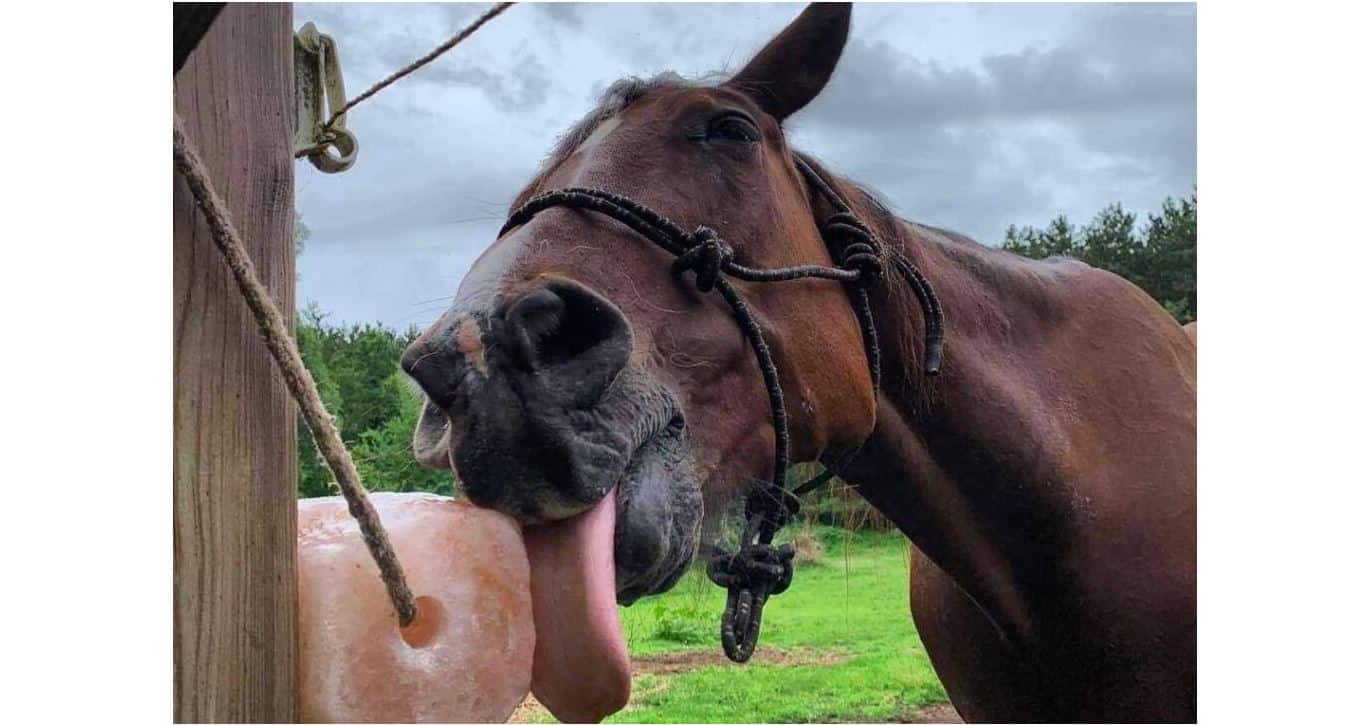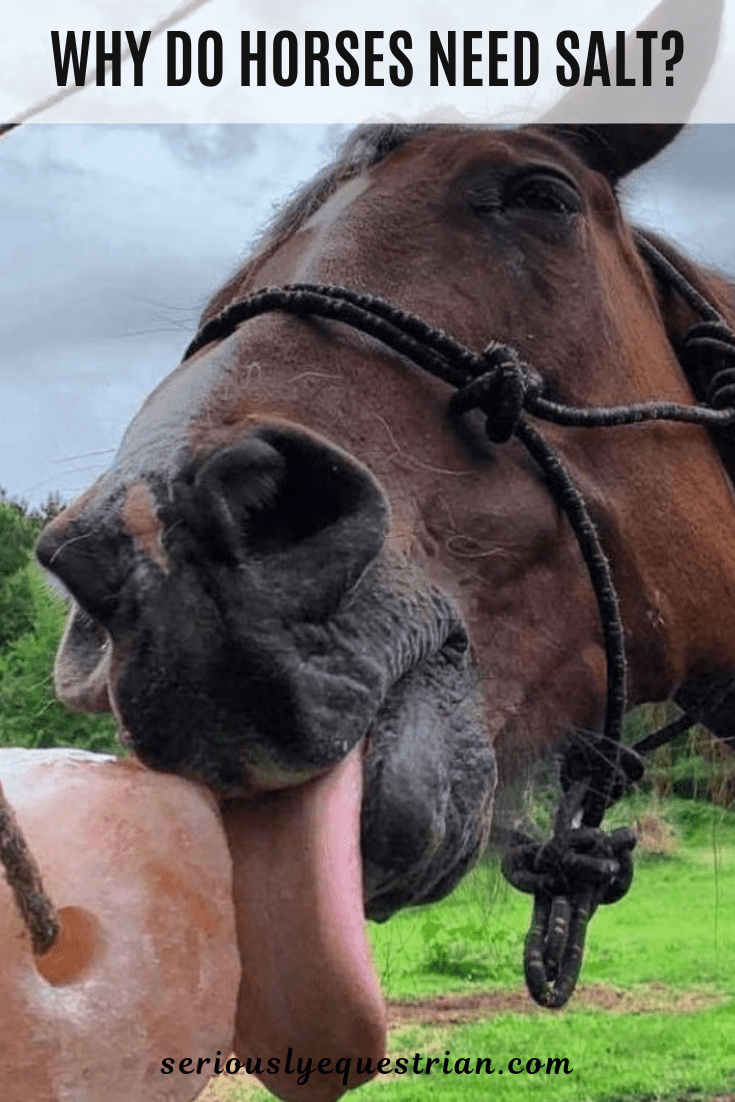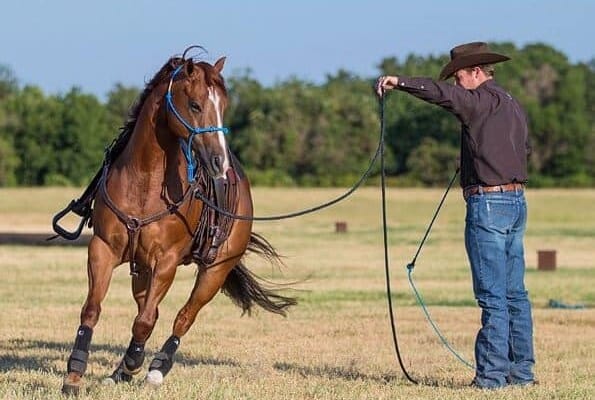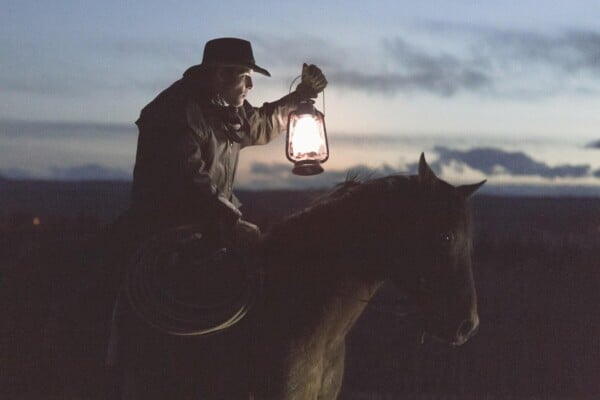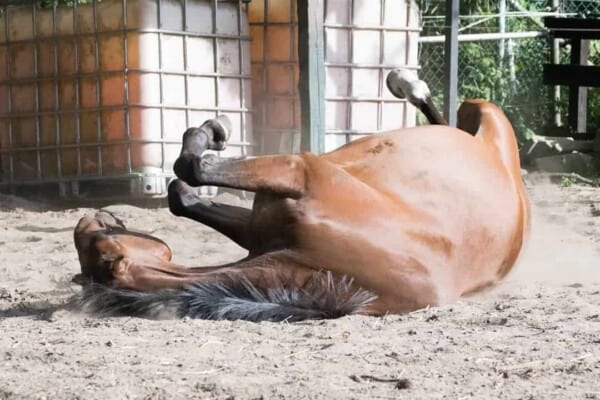Salt is an essential electrolyte for horses. A horse cannot produce this mineral itself, and it needs to be added to its diet. Salt is a mineral made up of sodium and chloride. It plays an important role in the function of the body. Every horse owner should provide salt year-round for the health of their horse.
Why Do Horses Need Salt?
Salt aids in proper muscle function and keeps nerves firing correctly. It is also necessary for digestion. In the small intestine, salt helps nutrients absorb through the gut wall and aids the digestion of protein. The other element of salt, chloride, works on clearing carbon dioxide from the body by keeping the PH level of the blood correct.
When a horse sweats, it loses salt, sometimes a lot if they get very sweaty during hard work or hot weather. It is necessary to replace the salt lost through sweat. If the salt isn’t replenished, it can lead to serious health issues. The electrolyte imbalance caused by low salt can trigger problems with the cardiovascular system, cause low blood pressure and neurological symptoms.
Sodium is essential for brain function, specifically the brain’s cue to drink water. If the levels of sodium in the horse’s body get too low, the brain won’t tell the horse to drink. This is the body’s way of conserving the sodium it has. A horse that does not drink enough water can become dehydrated and develop issues with gut function, including colic.
The correct level of salt in the body keeps the production of essential body fluids at the right levels. When a horse lacks salt, it can lead to unwanted behaviors, such as chewing wood or eating soil in search of it.
Is my horse is getting enough salt?
Keep a lookout for several signs that indicate whether your horse is getting enough salt. If you see your horse eating things he shouldn’t, such as soil, wood, or other objects, it can mean he needs more salt in his diet. This behavior is known as pica. Other signs include lethargy, lack of sweat, dehydration, loss of appetite, weight loss, and a decrease in muscle coordination. In a lactating mare, you may see a reduction in milk production.
Salt vs. Mineral Blocks
There is a large variety of salt and mineral blocks available, so which type is the best for your horse? Loose salt or pure salt blocks do contain some trace minerals but not enough to be sufficient. For this reason, many choose to provide a mineral block instead.
The most important minerals that need proper ratios in the horse’s diet are calcium to phosphorus and zinc to copper. Depending on where you live, these minerals can be lacking or not in the right ratios. Hard feed given in the right amounts can compensate for the lack of minerals provided by grass and hay. You will need to look at what your feed contains and calculate if your horse needs any minerals supplemented.
The problems that arise from mineral blocks come from how the horse uses the block. Many horses won’t lick the block to get enough benefit. Either because they don’t like the texture or the taste. Another problem is the type of mineral block. Be wary of giving a horse free choice of some mineral blocks. These types of blocks are loaded with sugar, which encourages your horse to lick it but isn’t good for their health. Only use these types of blocks as treats, leaving access for about an hour or less. Some horses will devour one of these blocks within a day; they taste so good!
Salt blocks come in white, pure salt, red trace mineral blocks, and Himalayan salt. Red salt blocks contain salt and low amounts of copper, iodine, cobalt, zinc, manganese, and iron. However, the levels in these blocks tend to be low, so there is very little risk of over supplementing these minerals.
Himalayan salt is the purest form of salt as it goes through very little processing. Horses that don’t show much interest in a white or red salt block may prefer the taste of Himalayan salt. The final option is loose table salt. The one thing to watch out for here is the iodine content. If your horse is getting hard feed or a seaweed supplement, then only use non-iodized table salt. Too much iodine can harm the thyroid gland.
Which type of block is dependent on your horse’s diet and preferences. If your horse is getting the right balance of minerals from their hard feed, then a white salt block can be sufficient. If they are on a grass and hay diet only, then a mineral block is a good choice. A mineral block, even a low sugar one, can have a more appealing taste that encourages your horse to use it more. White salt blocks tend to be more appealing to horses than red ones.
When to feed, how much?
Horses need salt year-round. Don’t make the mistake of following the thought that it is only necessary in summer when horses sweat more. A 1,100-pound horse not in work needs 2-tablespoons or 1 ounce of salt per day up to 6-tablespoons or 3 ounces in hot weather. If the horse weighs less or more, adjust the amounts accordingly.
A horse in hard work that sweats a lot, especially in warm weather, will need an increase of salt, up to as much as 6 ounces a day. In this situation, instead of adding salt, you are better off adding an electrolyte to the diet.
To work out how much salt to add to the diet, first take a look at the feed and supplements your horse gets. Commercial feed and many supplements will contain salt. Look at the labeling or contact the company to find out how much salt is in the portion your horse gets. If it falls short of the daily minimum, add the balance in loose salt. If you don’t want to add loose salt, provide a salt block. Providing a salt block at all times is ok, even if you provide hard feed. Horses rarely overuse them and won’t overdose on it. If still in doubt ask your vet to be sure.
Ensure your horse always has access to fresh water. Also, in winter, you may notice that your horse uses his salt block less. If that’s the case, consider adding loose salt to his feed.

